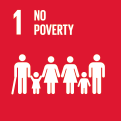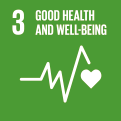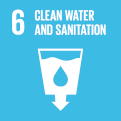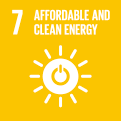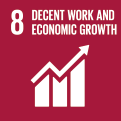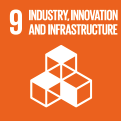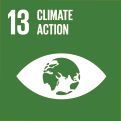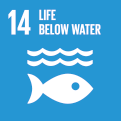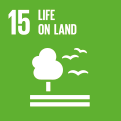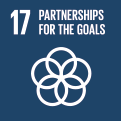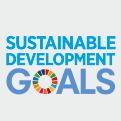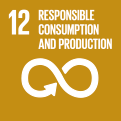
Global level
GOAL 12: Ensure sustainable consumption and production patterns.
“Consumption and production patterns shape resource use management and related social and environmental impacts, thereby affecting sustainability. Sustainable production uses fewer resources for the same value of economic output, and sustainable consumption reduces the need for excessive resource extraction. Over the first decade of this century, however, the material footprint, which measures the amount of raw material extracted to meet consumption demand, increased globally, as did the amount of material used in production processes. Achieving this Goal requires strong national frameworks for sustainable consumption and production that are integrated into national and sectoral plans, along with sustainable business practices and consumer behaviour. Finally, it requires adherence to international norms related to hazardous chemicals and wastes.”
Source: United Nations, The Sustainable Development Goals Report 2017
Targets:
-
12.1Implement the 10-Year Framework of Programmes on Sustainable Consumption and Production Patterns, all countries taking action, with developed countries taking the lead, taking into account the development and capabilities of developing countries.
- Indicator 12.1.1 Number of countries developing, adopting or implementing policy instruments aimed at supporting the shift to sustainable consumption and production
-
12.2 By 2030, achieve the sustainable management and efficient use of natural resources.
-
12.3 By 2030, halve per capita global food waste at the retail and consumer levels and reduce food losses along production and supply chains, including post-harvest losses.
- Indicator 12.3.1 (a) Food lost index (b) food waste index
-
12.4 By 2020, achieve the environmentally sound management of chemicals and all wastes throughout their life cycle, in accordance with agreed international frameworks, and significantly reduce their release to air, water and soil in order to minimize their adverse impacts on human health and the environment.
- Indicator 12.4.1 Number of parties to international multilateral environmental agreements on hazardous waste, and other chemicals that meet their commitments and obligations in transmitting information as required by each relevant agreement
- Indicator 12.4.2 (a) Hazardous waste generated per capita and (b) proportion of hazardous waste treated, by type of treatment
-
12.5 By 2030, substantially reduce waste generation through prevention, reduction, recycling and reuse.
- Indicator 12.5.1 National recycling rate, tons of material recycled
-
12.6 Encourage companies, especially large and transnational companies, to adopt sustainable practices and to integrate sustainability information into their reporting cycle.
- Indicator 12.6.1 Number of companies publishing sustainability reports
-
12.7 Promote public procurement practices that are sustainable, in accordance with national policies and priorities.
- Indicator 12.7.1 Number of countries implementing sustainable public procurement policies and action plans
-
12.8 By 2030, ensure that people everywhere have the relevant information and awareness for sustainable development and lifestyles in harmony with nature.
- Indicator 12.8.1 Extent to which (i) global citizenship education and (ii) education for sustainable development are mainstreamed in (a) national education policies; (b) curricula; (c) teacher education; and (d) student assessment
-
12.a Support developing countries to strengthen their scientific and technological capacity to move towards more sustainable patterns of consumption and production.
- Indicator 12.a.1 Installed renewable energy-generating capacity in developing and developed countries (in watts per capita)
-
12.b Develop and implement tools to monitor sustainable development impacts for sustainable tourism that creates jobs and promotes local culture and products.
- Indicator 12.b.1 Implementation of standard accounting tools to monitor the economic and environmental aspects of tourism sustainability
-
12.c Rationalize inefficient fossil-fuel subsidies that encourage wasteful consumption by removing market distortions, in accordance with national circumstances, including by restructuring taxation and phasing out those harmful subsidies, where they exist, to reflect their environmental impacts, taking fully into account the specific needs and conditions of developing countries and minimizing the possible adverse impacts on their development in a manner that protects the poor and the affected communities.
- Indicator 12.c.1 Amount of fossil-fuel subsidies (production and consumption) per unit of GDP
Last updated: 30. 04. 2024

